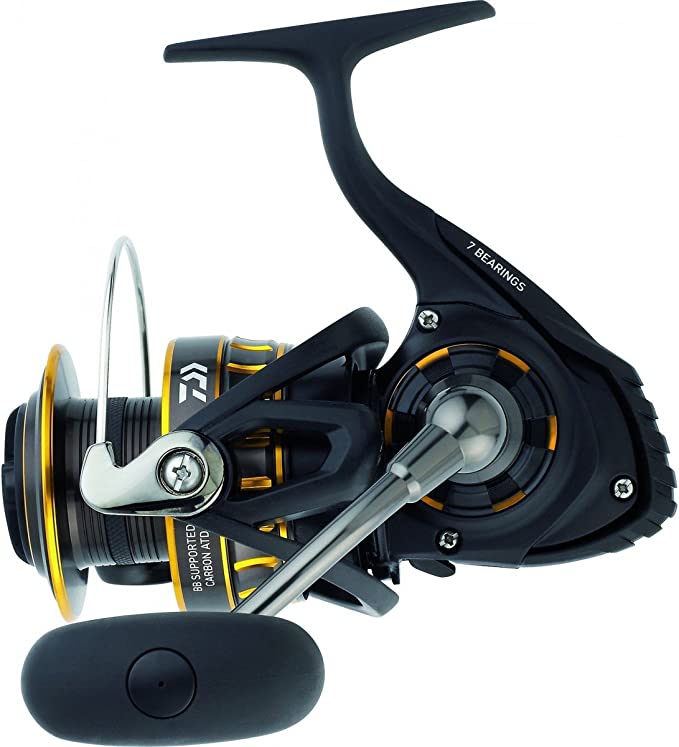Bitvae R2 Rotating Electric Toothbrush: Experience a Superior Clean with Every Brush
Update on July 27, 2025, 9:29 a.m.
Every day, a silent, microscopic war is waged inside your mouth. It’s a battle not of good versus evil, but of order versus chaos. The adversary is a resilient, highly organized community known as dental biofilm—a far more formidable foe than the simple term “plaque” suggests. For centuries, humanity has sought better tools for this fight, evolving from frayed twigs used in ancient civilizations to the nylon-bristled manual brushes of the 20th century. Each was an improvement, yet each had its limits.
Today, we stand at a new frontier in this age-old struggle, armed with devices that are less like simple brushes and more like sophisticated instruments of precision. The modern rotating electric toothbrush, exemplified by models like the Bitvae R2, represents a convergence of biology, engineering, and behavioral science. To truly appreciate its design, we must first understand the nature of the enemy it was built to defeat.

The Power of Precise Disruption
Dental biofilm is not a simple film of bacteria; it’s a living, structured city. Microbes band together, secreting a sticky, protective matrix that glues them to your tooth surfaces and shields them from harm. This is why a simple rinse or a gentle wipe is often ineffective. To win the battle, you don’t just need to clean the city—you need to dismantle its very foundations.
This is where the fundamental principle of a rotating-oscillating toothbrush comes into play. Unlike the broad, sweeping motion of a manual brush, its small, round head performs thousands of precise, rapid movements per minute. This dynamic action is engineered to do one thing with supreme efficiency: mechanically disrupt the biofilm’s matrix. It physically breaks the bonds holding the microbial city together, lifting and sweeping away the remnants. The design is a direct descendant of the professional polishing tool used by dentists, engineered to apply focused, consistent force to each individual tooth surface. The arc-cut bristles on a head like the Bitvae R2’s are designed to hug the natural contours of the tooth, ensuring no part of the structure is left untouched. It’s the difference between trying to clear a field with a rake versus using a specialized tiller.

The Art of Intelligent Brushing: From Brute Force to Finesse
For decades, the prevailing wisdom was that harder brushing meant cleaner teeth. We now know this is a dangerous misconception. The same force that can scrub away plaque can also inflict significant collateral damage, leading to two common problems: gum recession and enamel abrasion. Our own strength can become a liability. This is where modern toothbrushes shift from being simple tools to intelligent partners.
The most critical innovation in this regard is the pressure sensor. It acts as a built-in guardian, a feedback loop designed to protect you from yourself. When you press too hard, an internal mechanism—often a type of strain gauge—detects the excess force and triggers an immediate warning, such as the visible red light on the Bitvae R2. This isn’t just a gimmick; it’s a crucial piece of preventative medicine. It retrains your muscle memory, teaching you to use the brush with finesse rather than force, allowing the high-speed rotation to do the heavy lifting.
Complementing this is the smart timer, the conductor of your oral care symphony. The American Dental Association (ADA) recommends a brushing time of two full minutes to ensure adequate cleaning. The built-in timer enforces this guideline, but its true genius lies in the quadrant pacer. By pulsing every 30 seconds, it breaks the daunting two-minute task into four manageable segments, guiding you to devote equal time to every section of your mouth. This simple haptic cue systematically eliminates the common habit of neglecting harder-to-reach areas, transforming a rushed, uneven job into a complete, methodical cleaning every single time.

Engineering for Life: Power, Versatility, and Durability
A truly effective device must seamlessly integrate into the realities of modern life. The engineering that supports the core cleaning functions is just as vital as the functions themselves.
The versatility offered by multiple modes—such as Clean, Sensitive, White, Gum Care, and Tongue on the R2—is a testament to this. These aren’t arbitrary settings; they are distinct programs that calibrate the motor’s speed and oscillation pattern. “Sensitive” mode reduces the intensity for users with delicate gums, while “Gum Care” might introduce a massaging pulsation to stimulate circulation. This allows the toothbrush to adapt to your specific biological needs, which can change from day to day.
Underpinning this performance is a modern power plant: the lithium-ion battery. Known for their high energy density, these batteries enable a device to hold a significant charge in a small space. It’s the reason a brief 3-hour charge can yield up to 30 days of use, making the toothbrush a reliable travel companion without the need for a bulky charging base. The move to a universal USB charging port further reflects an understanding of modern user convenience.

Finally, a device destined for the wettest room in the house must be built to survive. The IPX7 waterproof rating is not a marketing term but an international standard from the International Electrotechnical Commission. It certifies that the device can withstand full submersion in up to one meter of water for 30 minutes. This robust sealing ensures longevity and allows for safe, easy cleaning under running water, a critical aspect of maintaining hygiene.
In the end, the evolution of the toothbrush from a simple stick to a smart device is a mirror of our own growing understanding of health. It reveals that the path to a healthier life is paved not just with more power, but with more intelligence. A modern rotating electric toothbrush is more than a product; it is the culmination of a long, intricate dance between biology and engineering, a sophisticated ally in our timeless quest for a truly superior clean.







































